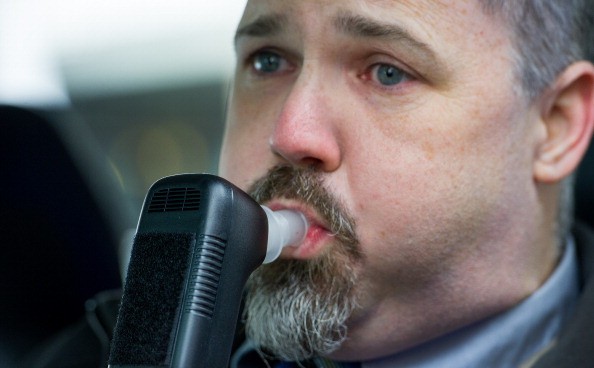In-car Technology for Anti-Drunk-Driving is reportedly the latest projected regulation by the National Highway Traffic Safety Administration (NHTSA) after releasing an "advanced notice..." The notice indicates that no anti-drunk-driving technology is commercially available yet.
Tech Crunch reports that according to the NHTSA, after evaluating 331 driver monitoring systems, none of the systems are currently on the market and can accurately detect alcohol impairment. Three driving monitoring systems (DMS) that claim to be able to identify alcohol-based impairment were mentioned; however, such methods are reportedly still in the research and development stage.

According to Reuters, the regulatory notice also states that more technological advancements, impairment detection, blood alcohol content detection, or a mix of the two, are needed to finish rules and explore potential legal measures about anti-drunk driving technology.
Tech Crunch adds that the NHTSA has now asked for help determining what technology should be installed in cars to either mitigate or entirely eliminate the problem as a result of the 99-page warning. There are no commercially viable alternatives, according to the administration. Following the notice's publication in the Federal Register, the general public will have sixty days to offer comments.
Read Also : NHTSA Raises Concern on Tesla's Hands-Free Autopilot Version Amidst Crash Investigations
Available Alternatives
With its projected technology unavailable shortly, the report states that a more practical short-term solution is blood alcohol detection technology, as many jurisdictions already use the technology through breathalyzer-based alcohol ignition interlocks for repeat or high blood alcohol content offenders.
A caveat, however, is that this technology is deemed "active," meaning the driver must actively interact with it, thus going against the law's requirement for a passive technology.
Another option laid by the NHTSA is a touch- and breath-based technique for identifying driver impairment as part of that initiative. The NHTSA claims that because such a touch sensor is meant to be integrated into an object that the driver must touch to start the automobile, much like the push-to-start button, it may be deemed tentatively passive. The breath-based method, however, would also be regarded as active and would not start the car.
Anti-Drunk-Driving Tech Supported By Various Groups
The Mothers Against Drunk Driving (MADD), a non-profit organization, lauded the move as per Reuters after it released a press release expressing the organization's satisfaction with the NHTSA's notice. The organization states that the technology that will be installed in cars to prevent drunk driving and maybe other forms of impaired driving has the potential to save tens of thousands of lives annually once fully deployed.
The Washington Post also reported that the projected technology has bipartisan legislators who have been directly impacted by drunk driving or who are inspired by constituents' tales leading the push for the technology. At the announcement on Tuesday at the Transportation Department's headquarters, Sen. Ben Ray Luján (D-N.M.) related his own story of being struck by an intoxicated motorist thirty-one years prior.
Related Article : Two Self-Driving GM Cruise Crashes, US Auto Safety Agency Investigates

ⓒ 2025 TECHTIMES.com All rights reserved. Do not reproduce without permission.




